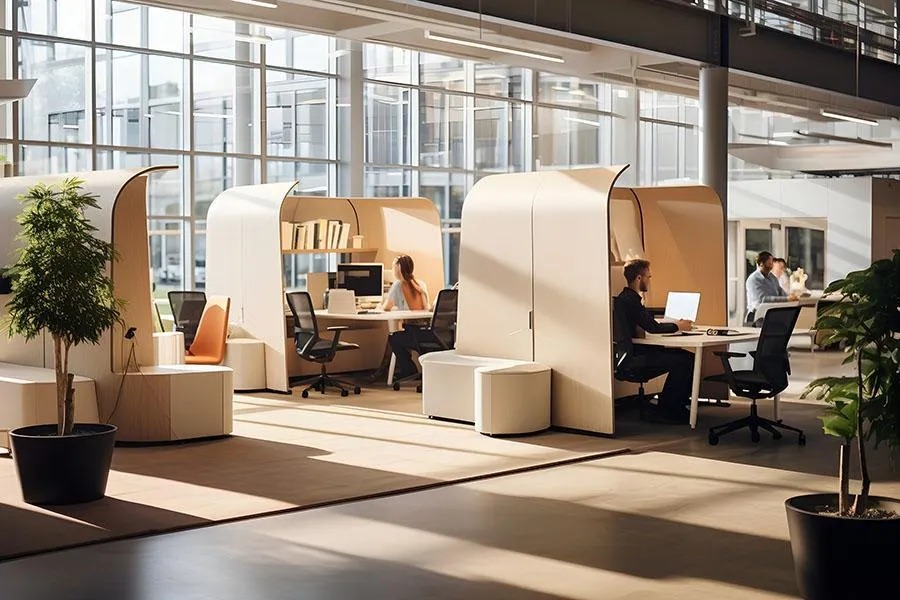In today’s fast-paced business world, the office environment plays a crucial role in fostering productivity, creativity, and employee satisfaction. With the evolving needs of modern businesses, it’s essential to periodically evaluate and update the office space to ensure it aligns with the company’s objectives and promotes a positive work culture. Office remodeling is not merely about aesthetics; it’s about creating a functional, inspiring, and efficient workspace that supports the well-being and success of your team.
Why Office Remodeling Matters
Office remodeling goes beyond a fresh coat of paint or new furniture. It involves thoughtful planning and design considerations to optimize the layout, enhance workflow, and cultivate a conducive atmosphere for collaboration and innovation. A well-designed office reflects the company’s values and culture, making it an attractive place for both employees and clients.
Key Considerations for Office Remodeling
- Assessing Current Needs and Challenges: Before embarking on an office remodeling project, it’s essential to evaluate the existing space and identify areas that require improvement. Consider factors such as workflow inefficiencies, lack of storage, outdated technology, or insufficient meeting areas. Soliciting feedback from employees can provide valuable insights into their preferences and pain points.
- Setting Clear Objectives: Define clear goals and objectives for the remodeling project. Whether it’s creating a more open and collaborative environment, accommodating a growing team, or enhancing the company’s brand image, having a clear vision will guide the decision-making process and ensure that the remodel aligns with the organization’s overall strategy.
- Budgeting and Timeline: Establish a realistic budget and timeline for the remodeling project. Consider all expenses, including construction costs, furniture, equipment, and any unforeseen contingencies. It’s crucial to strike a balance between quality and cost-effectiveness to achieve the desired results within the allocated budget and timeframe.
- Space Planning and Design: Work with an experienced architect or interior designer to develop a comprehensive space plan and design concept that maximizes the available square footage while promoting functionality and aesthetics. Consider factors such as ergonomics, natural light, acoustics, and flexible layout options to create a versatile workspace that can adapt to evolving needs.
- Incorporating Technology and Sustainability: Integrate technology solutions and sustainable design principles into the remodeling project to future-proof the office space and minimize environmental impact. Explore options such as energy-efficient lighting, smart HVAC systems, ergonomic furniture, and digital collaboration tools to enhance productivity and reduce operational costs in the long run.
- Employee Engagement and Communication: Keep employees informed and engaged throughout the remodeling process by providing regular updates, soliciting feedback, and involving them in decision-making whenever possible. Transparency and communication are key to minimizing disruptions and ensuring a smooth transition to the new office environment.
- Safety and Compliance: Prioritize safety and compliance with building codes and regulations throughout the remodeling process. Work with licensed contractors and vendors who adhere to industry standards and guidelines to ensure the safety and well-being of everyone involved in the project.
Conclusion
Office remodeling is a significant investment that can yield substantial returns in terms of employee satisfaction, productivity, and business success. By taking a strategic approach and considering key factors such as assessing current needs, setting clear objectives, budgeting, space planning, technology integration, employee engagement, and safety compliance, companies can transform their workspace into a vibrant, inspiring environment that fosters innovation and growth. Embrace the opportunity to reimagine your office space and create a dynamic workplace that reflects your company’s vision and values.





